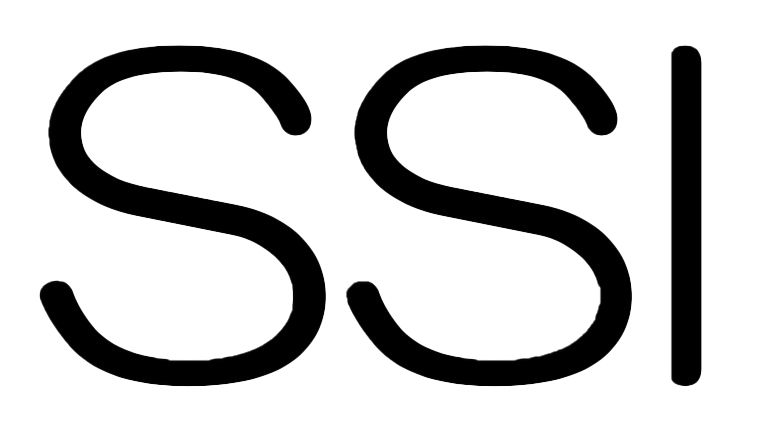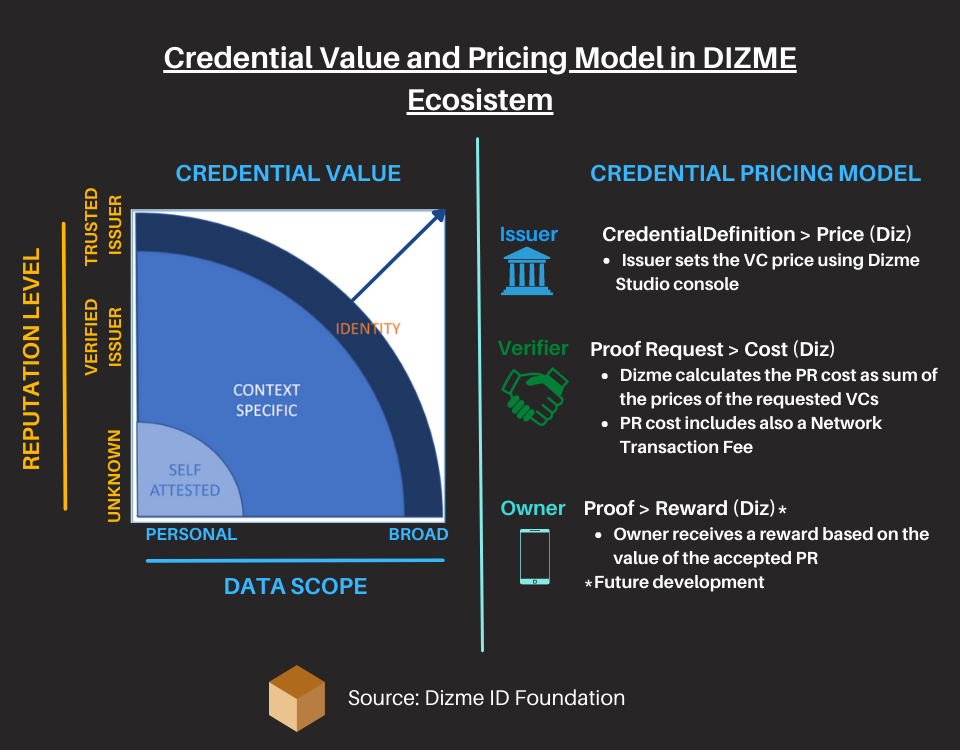Chapter 4
The contents of this chapter are:
- Introduction to DIZME ecosystem and the actors involved
- Deepening of verifiable credentials and the economic model for the stakeholders in the system
- An analysis on technology tools and governance of the network(trust model)
- The tools for developers
- The community and future developments in the DIZME ecosystem
Chapter 4
The contents of this chapter are:
- Introduction to DIZME ecosystem and the actors involved
- Deepening of verifiable credentials and the economic model for the stakeholders in the system
- An analysis on technology tools and governance of the network(trust model)
- The tools for developers
- The community and future developments in the DIZME ecosystem
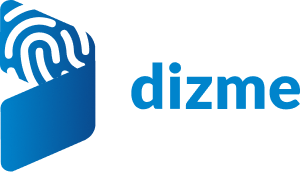
Discovering the Dizme Foundation
DIZME is a digital platform designed by InfoCert conceived open, for an active participation, to all parties who wish to accelerate their digital transformation path. Dizme is the first digital identity network that is able to guarantee the benefits of the SSI within the regulatory perimeter of the eIDAS.
Dizme Foundation was born from a Linux Foundation project.
The DIZME project is carried out by different players, with different roles and responsibilities.
Premier Member:
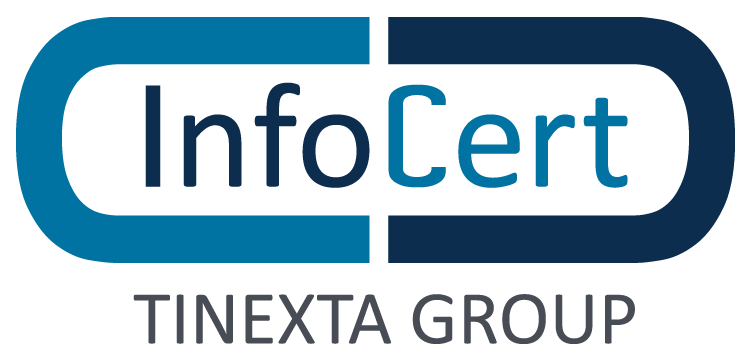

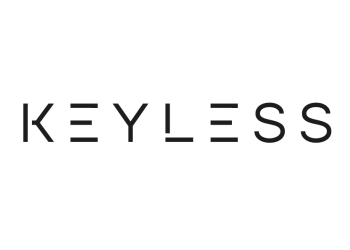
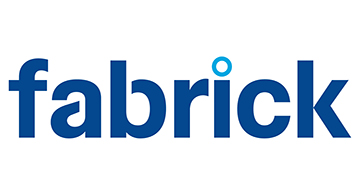

Discovering the Dizme Foundation
DIZME is a digital platform designed by InfoCert conceived open, for an active participation, to all parties who wish to accelerate their digital transformation path. Dizme is the first digital identity network that is able to guarantee the benefits of the SSI within the regulatory perimeter of the eIDAS.
Dizme Foundation was born from a Linux Foundation project.
The DIZME project is carried out by different players, with different roles and responsibilities.
Premier Member:





The credentials verification process is the responsibility of the verifiers (Proof Request). There are two different ways, based on the information requested and needed:
- Full Disclosure – The verifier requests the sharing of one or more credentials to the owner. The owner explicitly agrees.
- Zero Knowledge – The possessor proves to the verifier that he possesses a specific attribute without revealing and sharing his personal credentials.
The roles: Issuer, Trusted Issuer, Holder and Verifier in the Dizme network
Within the ecosystem, the actors participating are similar to those we analyzed in previous chapters in the Self-Sovereign Identity model
- Issuer: the issuer verification process is managed by the DizmeID Foundation and regulated by the Dizme Issuer Agreement.
- Trusted Issuer: The verification process is managed by the DizmeID Foundation and regulated by the Dizme Trusted Issuer Agreement. The difference between Issuer and Trusted Issuer lies in the economic model that we will analyze later.
- Holder: Anyone can “keep their keys” simply by downloading the DIZME wallet and storing their credentials.
- Verifier: The verifier verification process is managed by the DizmeID Foundation and regulated by the Dizme Verifier Agreement.
Issuers and Trusted issuers can provide the holder with Public DIDs and verifiable credentials similar to the eIDAS security levels, which can be used in different contexts such as the relationship with the PA.
Public DIDs are written to the blockchain to facilitate the verification of post-verification verifies. However, the holder can also create new DIDs and self-attested VCs (called Context Specific) independently.

The roles: Issuer, Trusted Issuer, Holder and Verifier in the Dizme network
Within the ecosystem, the actors participating are similar to those we analyzed in previous chapters in the Self-Sovereign Identity model
- Issuer: the issuer verification process is managed by the DizmeID Foundation and regulated by the Dizme Issuer Agreement.
- Trusted Issuer: The verification process is managed by the DizmeID Foundation and regulated by the Dizme Trusted Issuer Agreement. The difference between Issuer and Trusted Issuer lies in the economic model that we will analyze later.
- Holder: Anyone can “keep their keys” simply by downloading the DIZME wallet and storing their credentials.
- Verifier: The verifier verification process is managed by the DizmeID Foundation and regulated by the Dizme Verifier Agreement.
Issuers and Trusted issuers can provide the holder with Public DIDs and verifiable credentials similar to the eIDAS security levels, which can be used in different contexts such as the relationship with the PA.
Public DIDs are written to the blockchain to facilitate the verification of post-verification verifies. However, the holder can also create new DIDs and self-attested VCs (called Context Specific) independently.
The credentials verification process is the responsibility of the verifiers (Proof Request). There are two different ways, based on the information requested and needed:
- Full Disclosure – The verifier requests the sharing of one or more credentials to the owner. The owner explicitly agrees.
- Zero Knowledge – The possessor proves to the verifier that he possesses a specific attribute without revealing and sharing his personal credentials
Dizme’s Verifiable Credentials Insight
Depending on the security level of the credentials presented by the holder, the verifier can issue a signature request. There are two types:
- Advanced Sign Request – based on a one-shot advanced signature
- Qualified Sign Request – based on a one-shot qualified signature
There are three levels of credential security, from the least secure to the most compliant with the eIDAS regulation.
- Level 0 – Self Declared Information by Holder
- Level 1 – Automatic Check by Dizme Ecosystem
- Level 2 – Trusted Identification by a Trusted Issuer
The credentials with a high level of trust, obtained from an identification process assisted by an agent or deriving from an equivalent identification guarantee performed by the holder are public ID, BankID, and qualified signature.
Trusted Issuers are also involved in the economic model of the DIZME ecosystem.
Dizme’s Verifiable Credentials Insight
Depending on the security level of the credentials presented by the holder, the verifier can issue a signature request. There are two types:
- Advanced Sign Request – based on a one-shot advanced signature
- Qualified Sign Request – based on a one-shot qualified signature
There are three levels of credential security, from the least secure to the most compliant with the eIDAS regulation.
- Level 0 – Self Declared Information by Holder
- Level 1 – Automatic Check by Dizme Ecosystem
- Level 2 – Trusted Identification by a Trusted Issuer
The credentials with a high level of trust, obtained from an identification process assisted by an agent or deriving from an equivalent identification guarantee performed by the holder are public ID, BankID, and qualified signature.
Trusted Issuers are also involved in the economic model of the DIZME ecosystem.

- Access to global digital markets
- 24×7 operations
- Instant payments
- Simple asset control
Efficient administration, regarding compliance and reporting
The “verifier pays the issuer” scheme requires the definition of the reward model for the issuer and the cost model for the verifier: these models use the DIZ token as an internal currency.
DIZME’s economic model with incentives
DIZME’s economic model is based on the “verifier pays the issuer” principle.
This model has a dual purpose:
- on the one hand, to reward the issuer who will make the credentials available to the holder by incurring identification and classification costs;
- on the other hand, to ensure the verifier, during the digital data entry process, a fast and safe verification mechanism.
Algorand Standard Assets offers a cryptographically secure proof of payment: an excellent exchange to incentivize the growth of the DIZME ecosystem. In fact, ASA provides a standard, Layer-1 mechanism to represent any type of asset on its blockchain.
They also have a low cost, due to the reduced fees requested by Algorand.

DIZME’s economic model with incentives
DIZME’s economic model is based on the “verifier pays the issuer” principle.
This model has a dual purpose:
- on the one hand, to reward the issuer who will make the credentials available to the holder by incurring identification and classification costs;
- on the other hand, to ensure the verifier, during the digital data entry process, a fast and safe verification mechanism.
Algorand Standard Assets offers a cryptographically secure proof of payment: an excellent exchange to incentivize the growth of the DIZME ecosystem. In fact, ASA provides a standard, Layer-1 mechanism to represent any type of asset on its blockchain.
They also have a low cost, due to the reduced fees requested by Algorand.
- Access to global digital markets
- 24×7 operations
- Instant payments
- Simple asset control
Efficient administration, regarding compliance and reporting
The “verifier pays the issuer” scheme requires the definition of the reward model for the issuer and the cost model for the verifier: these models use the DIZ token as an internal currency.
Technological analysis and infrastructure governance frameworks
DIZME leverages the Trust Over IP metamodel and creates a context-specific governance framework in order to govern the ecosystem of Dizme Network applications.
Building on these enabling factors, the Trust over IP Foundation is defining a comprehensive architecture for Internet-scale digital trust that combines cryptographic trust at the machine level and human trust at the corporate, legal, and social levels.
By switching to cryptographically verifiable digital credentials, we can finally begin to prove our identity, attributes, or relationships without intermediaries.
Technological analysis and infrastructure governance frameworks
DIZME leverages the Trust Over IP metamodel and creates a context-specific governance framework in order to govern the ecosystem of Dizme Network applications.
Building on these enabling factors, the Trust over IP Foundation is defining a comprehensive architecture for Internet-scale digital trust that combines cryptographic trust at the machine level and human trust at the corporate, legal, and social levels.
By switching to cryptographically verifiable digital credentials, we can finally begin to prove our identity, attributes, or relationships without intermediaries.
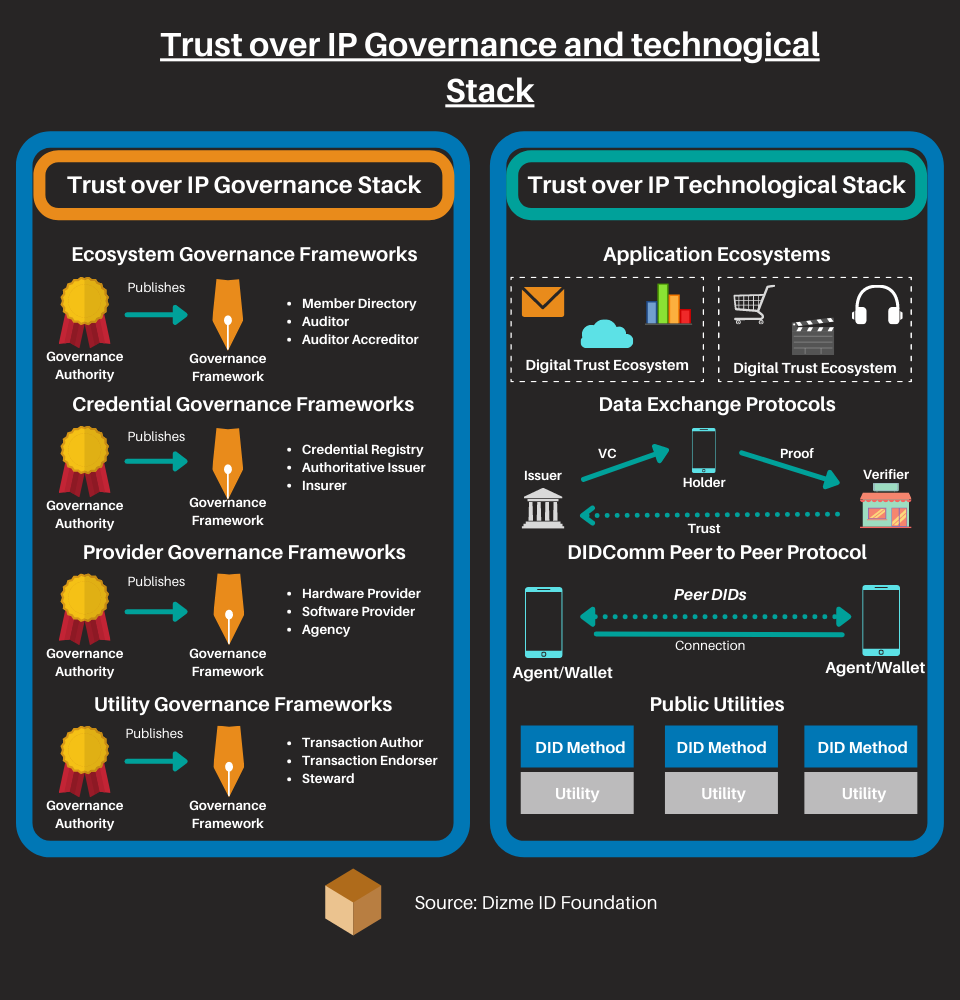
Credential Governance Framework (Layer 3) | Represents the layer where issuers, holders, and verifiers exchange credentials and proofs, using the Hyperledger Aries credential exchange protocol.
Ecosystem Governance Framework (Layer 4) | Represents the layer that defines and implements specific functions within the Dizme ecosystem and the business model.
Regarding governance, the Dizme Governance Frameworks (DGF) sets the rules for the interoperability and scalability of the trust ecosystem.
Governance Frameworks: the trust and security model
The four levels of the Dizme Network are based on the best open standard technologies:
Utility Governance Framework (Layer 1) | The data register can be implemented on different public users, which offer the right DID methods. DID Dizme is rooted in the Sovrin Network. Future plans include the possibility of moving to EBSI public users and adopting the KERI ledger-less framework.
Provider Governance Framework (Layer 2) | The Dizme communication layer is based on the DIDcomm specification which manages public DIDs for entities and peerDIDs for individuals.
In this way Dizme allows people, and organizations to have full control of their relationships.

Governance Frameworks: the trust and security model
The four levels of the Dizme Network are based on the best open standard technologies:
Utility Governance Framework (Layer 1) | The data register can be implemented on different public users, which offer the right DID methods. DID Dizme is rooted in the Sovrin Network. Future plans include the possibility of moving to EBSI public users and adopting the KERI ledger-less framework.
Provider Governance Framework (Layer 2) | The Dizme communication layer is based on the DIDcomm specification which manages public DIDs for entities and peerDIDs for individuals.
In this way Dizme allows people, and organizations to have full control of their relationships.
Credential Governance Framework (Layer 3) | Represents the layer where issuers, holders, and verifiers exchange credentials and proofs, using the Hyperledger Aries credential exchange protocol.
Ecosystem Governance Framework (Layer 4) | Represents the layer that defines and implements specific functions within the Dizme ecosystem and the business model.
Regarding governance, the Dizme Governance Frameworks (DGF) sets the rules for the interoperability and scalability of the trust ecosystem.
Technology Stack
DizmeID Technical Project is organized into four specific layers for verifiable credential management, exchange, and monetization:
Open-source components:
- DIZME WALLET, a DKMS released by the Dizme Foundation
- DIZME STACK, a complete set of APIs, allows developers to interact with the Dizme Network by issuing and verifying verifiable credentials
Dizme Network components:
- DIZME CORE, a set of backend services that manage the interaction between the Dizme components and the underlying layers: the users of the VCs, the PKI infrastructure and the users of the Tokens
- DIZME STUDIO, a web portal to manage VC definition, pricing and revocation.

Using the DIZME STACK and the potential of the DIZME WALLET each developer is able to implement customized applications for specific credentials referring to a business case.
Technology Stack
DizmeID Technical Project is organized into four specific layers for verifiable credential management, exchange, and monetization:
Open-source components:
- DIZME WALLET, a DKMS released by the Dizme Foundation
- DIZME STACK, a complete set of APIs, allows developers to interact with the Dizme Network by issuing and verifying verifiable credentials
Dizme Network components:
- DIZME CORE, a set of backend services that manage the interaction between the Dizme components and the underlying layers: the users of the VCs, the PKI infrastructure and the users of the Tokens
- DIZME STUDIO, a web portal to manage VC definition, pricing and revocation.

Using the DIZME STACK and the potential of the DIZME WALLET each developer is able to implement customized applications for specific credentials referring to a business case.
Tools for users and developers
DizmeID Foundation found the DizmeID Technical Project (DTP) a series of Linux Foundation Projects, LLC.
The DTP is responsible for developing the source code, services and architectural components of the Dizme Network.
Tools for users and developers
DizmeID Foundation found the DizmeID Technical Project (DTP) a series of Linux Foundation Projects, LLC.
The DTP is responsible for developing the source code, services and architectural components of the Dizme Network.
Dizme Wallet
It consists of the tool available to the end user (owner) for the management and use of his identity and credentials (VC) in the context of a specific business case. Digital credentials are securely stored in the wallet. The wallet allows holders to store and trade VCs. It can be downloaded for free from the official Android and IOS stores.
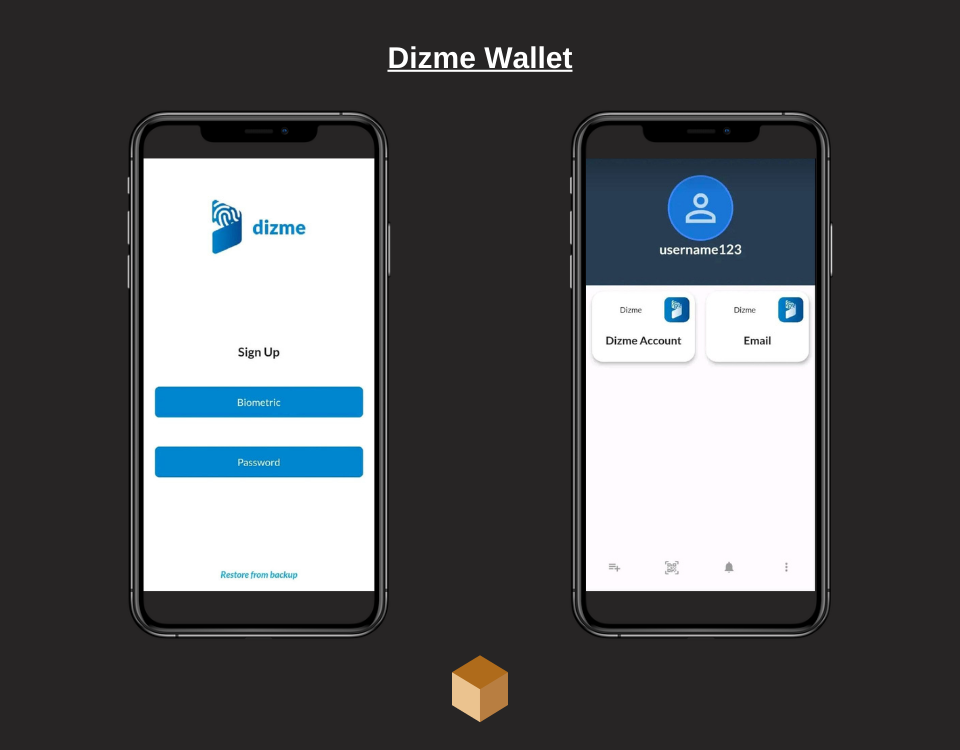
- Fourth Chapter (%) 91%
Dizme Wallet
It consists of the tool available to the end user (owner) for the management and use of his identity and credentials (VC) in the context of a specific business case. Digital credentials are securely stored in the wallet. The wallet allows holders to store and trade VCs. It can be downloaded for free from the official Android and IOS stores.

- Fourth Chapter (%) 91%

Dizme Studio
It represents the tool available for the issuer and verifier to manage administrative practices regarding the credential management process. It consists of a web portal in which verification processes, notifications, pricing, revocations, etc. are managed.

Dizme Studio
It represents the tool available for the issuer and verifier to manage administrative practices regarding the credential management process. It consists of a web portal in which verification processes, notifications, pricing, revocations, etc. are managed.
Dizme Core
It consists of a set of back-end services to organize the interactions between the Dizme components and the underlying layers: the VC utility, the PKI infrastructure and the Token utility

Dizme Core
It consists of a set of back-end services to organize the interactions between the Dizme components and the underlying layers: the VC utility, the PKI infrastructure and the Token utility


Dizme Stack
From the developer’s point of view, the most important block is Dizme Stack. In fact, it provides all the skills that allow the developer to interact with the Dizme ecosystem. These resources can be summarized in two subsets:
- Management API (or API), to interact with Dizme Core, exploiting its services and receiving callbacks for asynchronous management;
- The Dizme Widget for integration into web pages.

Dizme Stack
From the developer’s point of view, the most important block is Dizme Stack. In fact, it provides all the skills that allow the developer to interact with the Dizme ecosystem. These resources can be summarized in two subsets:
- Management API (or API), to interact with Dizme Core, exploiting its services and receiving callbacks for asynchronous management;
- The Dizme Widget for integration into web pages.
Community and future developments of Dizme Foundation
The Dizme ecosystem includes working groups in which individuals, companies, organizations and institutions can participate to provide guidance and expertise:
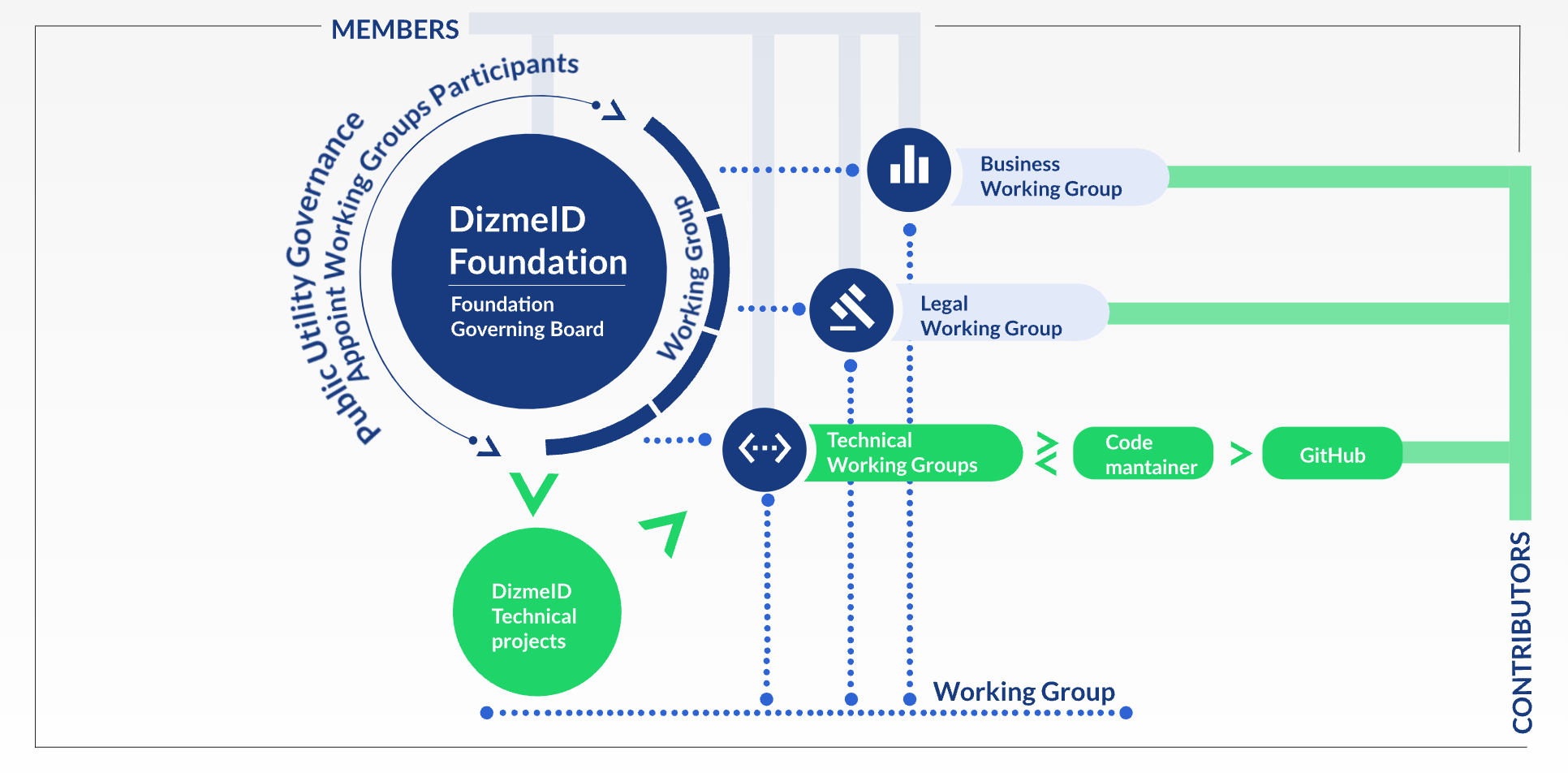
Business Working Group | The works council will bring together members from economic and institutional bodies, in order to provide advice related to the business model and pricing policies of the Dizme network.
Legal Working Group | The lawyers’ committee will include members with proven experience in the sector both at the Italian and international levels. This committee will be able to provide advice and advice in relation to the processes of the Dizme network and related to specific rules.
Technical Working Groups | The committee will group members from the Identity and Blockchain domain. He will be responsible for defining and monitoring the technological environment of the Dizme network, selecting the supplier and software, managing all the technical aspects of the contracts, and defining the operating budget. Several technical working groups will be established based on the implementation of vertical applications within the Dizme ecosystem
Community and future developments of Dizme Foundation
The Dizme ecosystem includes working groups in which individuals, companies, organizations and institutions can participate to provide guidance and expertise:

Business Working Group | The works council will bring together members from economic and institutional bodies, in order to provide advice related to the business model and pricing policies of the Dizme network.
Legal Working Group | The lawyers’ committee will include members with proven experience in the sector both at the Italian and international levels. This committee will be able to provide advice and advice in relation to the processes of the Dizme network and related to specific rules.
Technical Working Groups | The committee will group members from the Identity and Blockchain domain. He will be responsible for defining and monitoring the technological environment of the Dizme network, selecting the supplier and software, managing all the technical aspects of the contracts, and defining the operating budget. Several technical working groups will be established based on the implementation of vertical applications within the Dizme ecosystem
